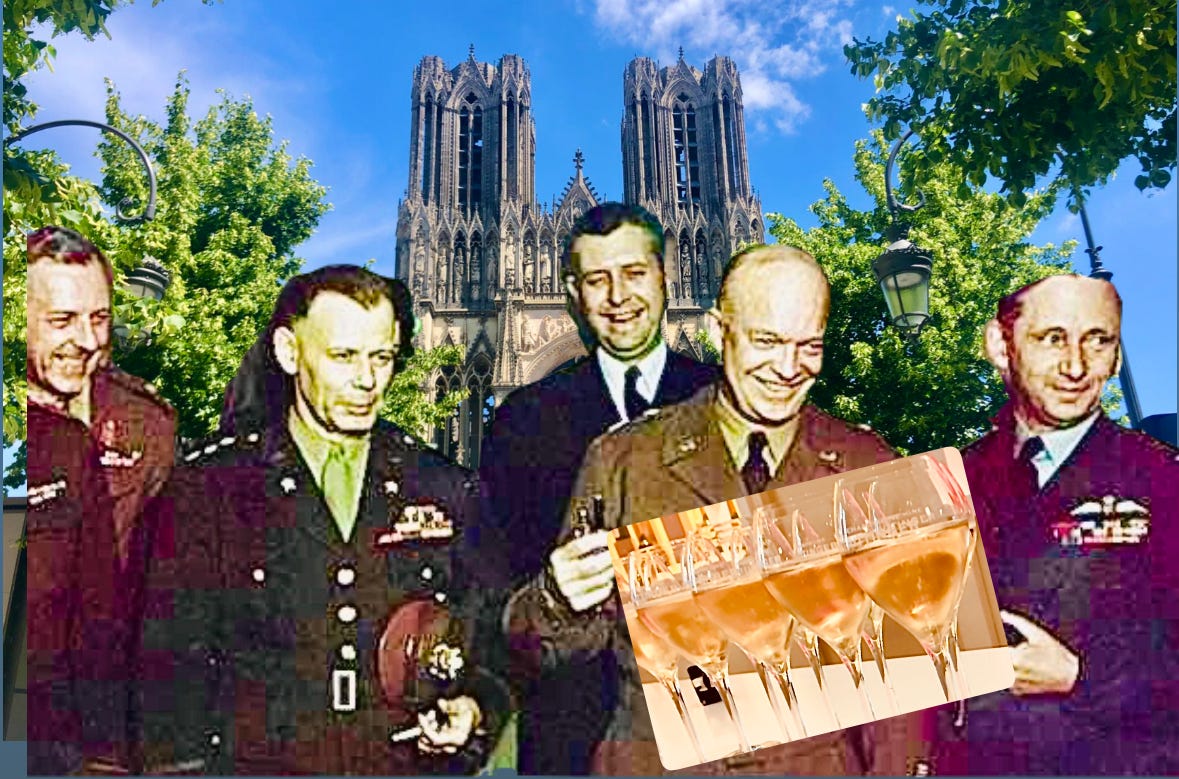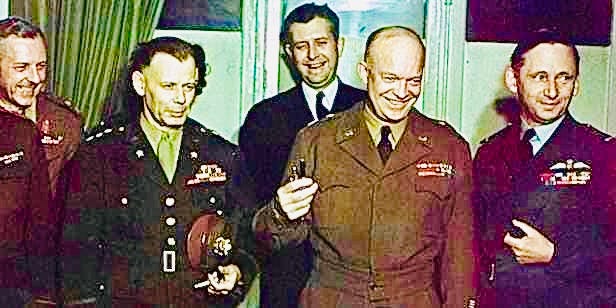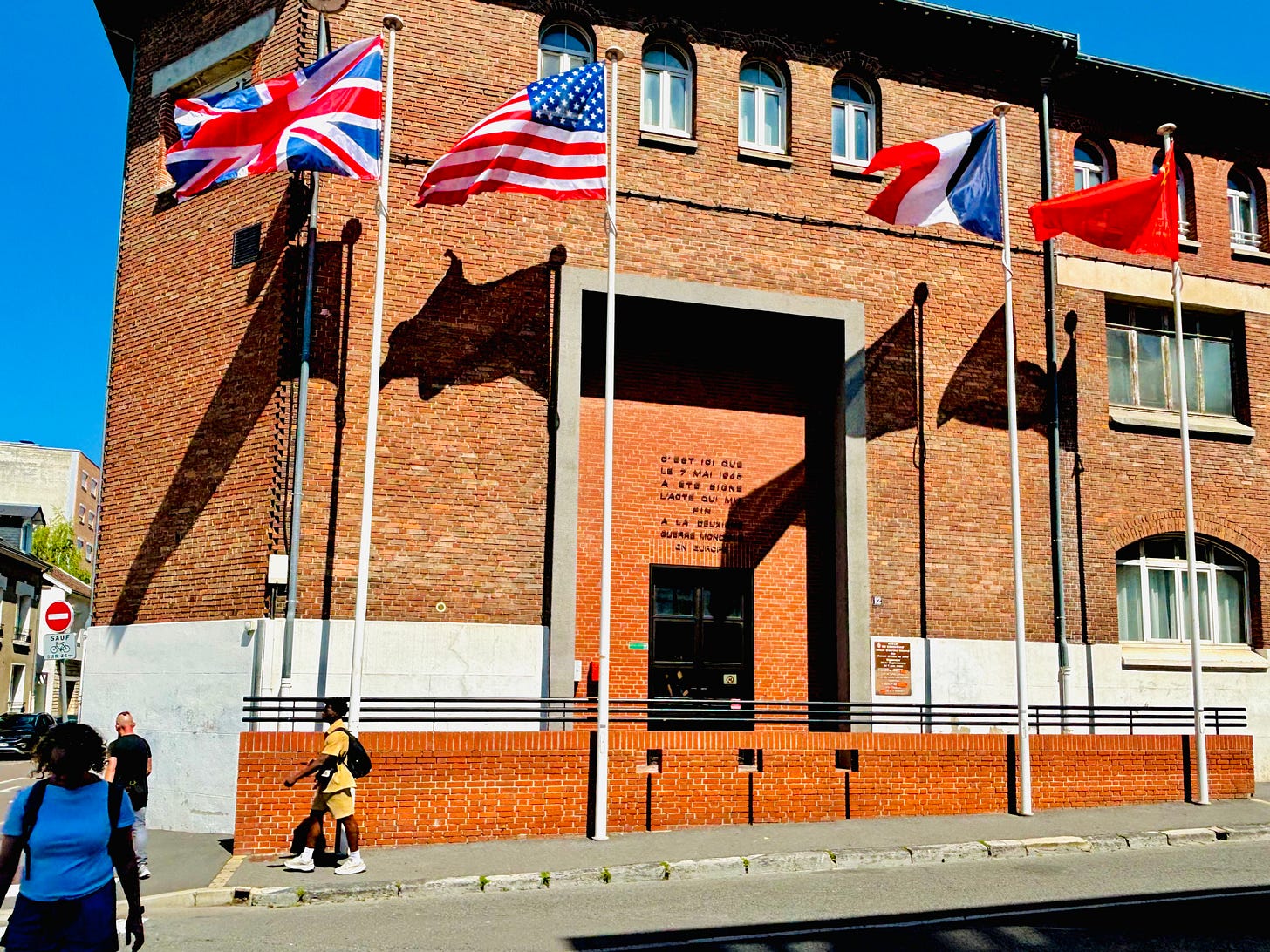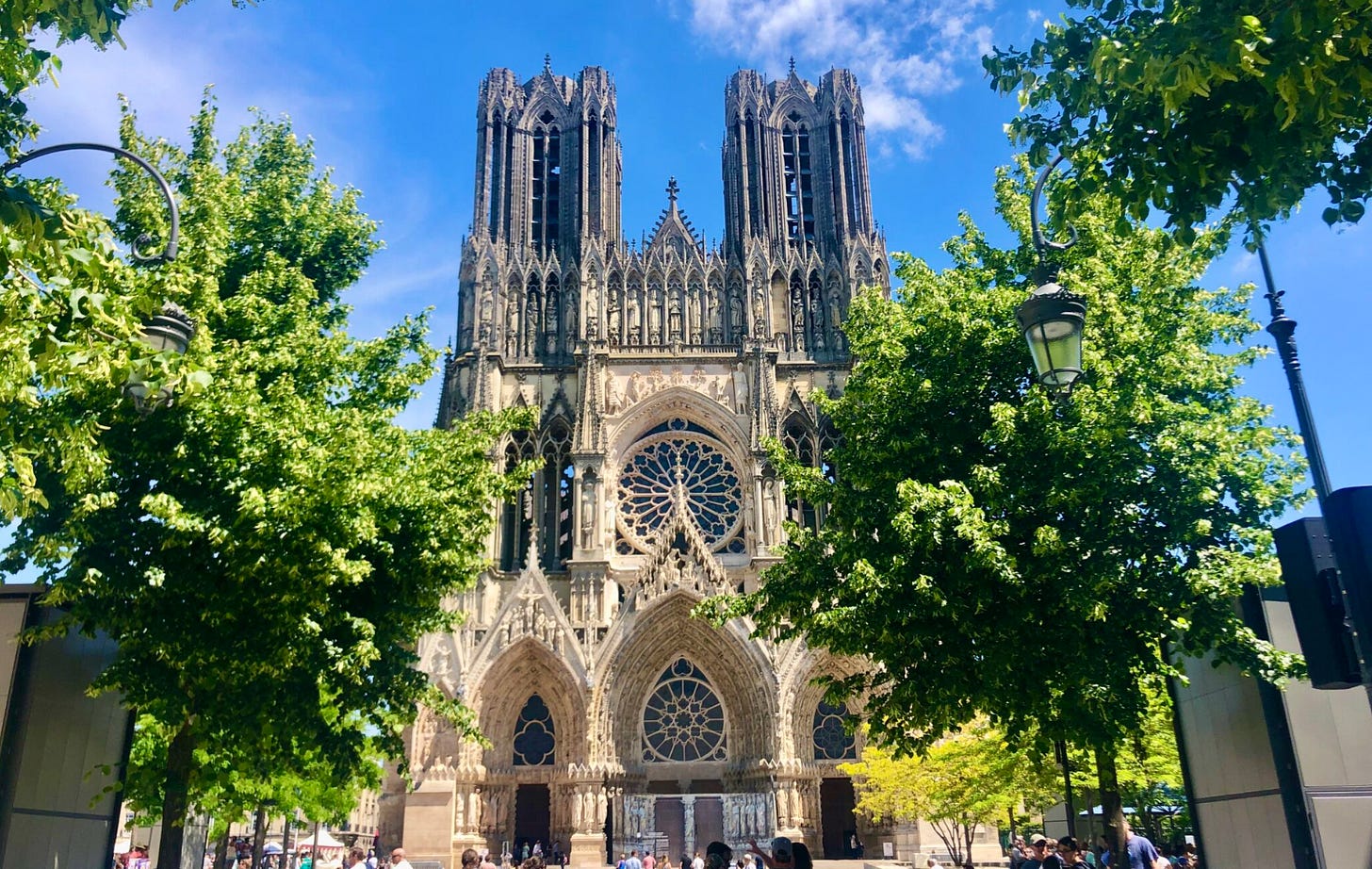Trump proclaims May 8 WWII Victory Day: Europe war ended in French city of kings, corks & Ike
Museum of the Surrender is located in Reims, center of Champagne and site of king coronations
The Greatest Generation brought peace and prosperity to Europe 80 years ago today - now recognized by presidential proclamation as Victory Day for World War II.
“May 8, 1945 marks the Allies’ acceptance of Germany’s unconditional surrender — the beginning of the end of years of long, gruesome, and brutal warfare,” President Trump declared in the May 7, 2025 White House statement.
He called it “a triumph over national socialism and fascism” and “one of the most epic victories for forces of freedom in the history of the world.”
May 8 is traditionally recognized as V-E Day (Victory in Europe) in the US and UK.
The formal end came a day earlier on May 7, when the German High Command signed surrender documents in Reims, France. It’s a city of royal prestige in France: home of mighty kings and sparkling nobility.
The Museum of the Surrender preserves the location where German high command claimed its second consecutive Gold Medal in the Alpine-Nordic capitulation event at the World War Games.
The highlight of musuem is the exact room and table where the surrender ceremony took place, about 2:30 a.m. on May 7, 1945.
The highlight of musuem is the exact room and table where the surrender ceremony took place, about 2:30 a.m. on May 7, 1945. General Dwight Eisenhower, the Supreme Allied Commander, did not attend.
He claimed he outranked the top German, General Alfred Jodl, who should surrender to a peer. But it has the appearrance of Ike big-timing the Germans, a well deserved slap in the face.
The building, at 12 Rue de President Franklin Roosevelt, served as Eisenhower’s headquarters for the final months of the war. Ike might have picked the best city in the world to toast victory. Reims is the heart of Champagne country.
Roman chalk and limestone mines beneath city streets enjoy the perfect constant temperature and humidity to age sparkling wine. Most the world’s supply of champagne ages gracefully in those caves amid dark, graceful isolation.
The world’s most famous champagne makers sit above those caves. They offer tours of the caves that end with tastings in beautifully stocked tasting rooms.
World War II caused major disruptions to the French wine industry. There’s a great book on the topic called “Wine and War” that chronicles one aspect of the culinary history of World War II that still shapes our diet today.
The far-left National Socialist German Workrer Party sent “weinfuehrers” to oversee France’s wine industry and confiscated millons of bottles during the five years of occupation. It was an attack on French culture akin to emasculation, the authors of “Wine and War” argue.
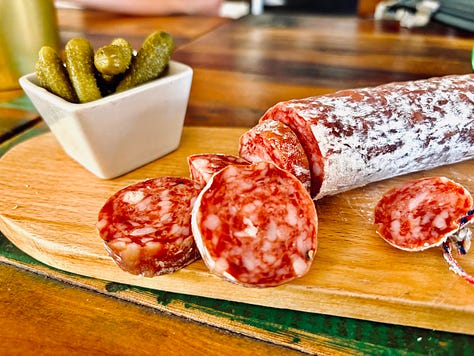
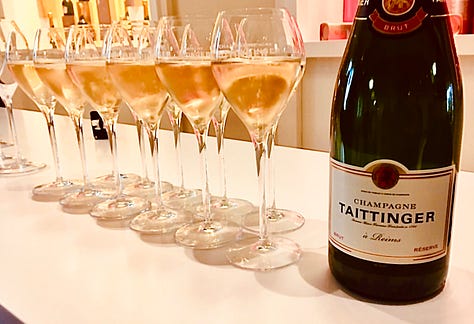
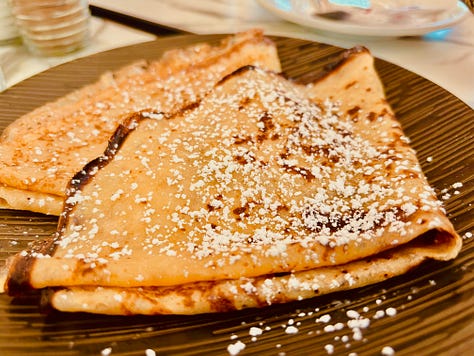
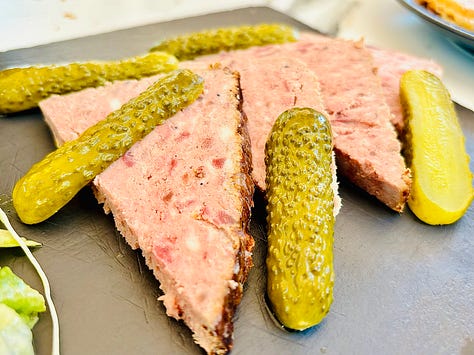
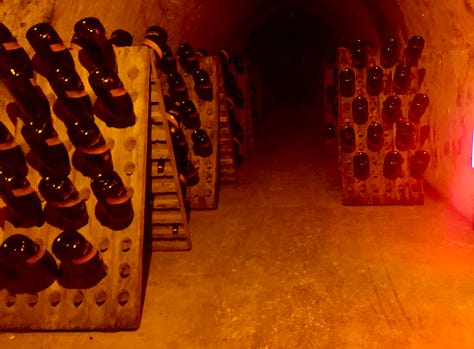
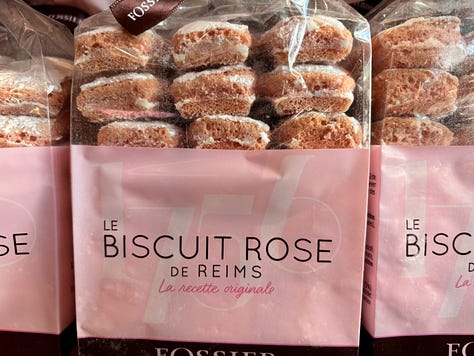
With the French wine industry in shambles one wonders if Eisenhower had a chance to toast the National Socialisti surrender with a bottle of bubbly.
Reims offers much more than just the world’s most coveted wine. Clovis, the first king of the Franks, recognize today as the first ruling monarch of France, was baptized Catholic in Reims in 496.
The ceremony was a transformative event in French history. The site, in an earlier church, is noted on the floor of the amazing Reims Cathedral.
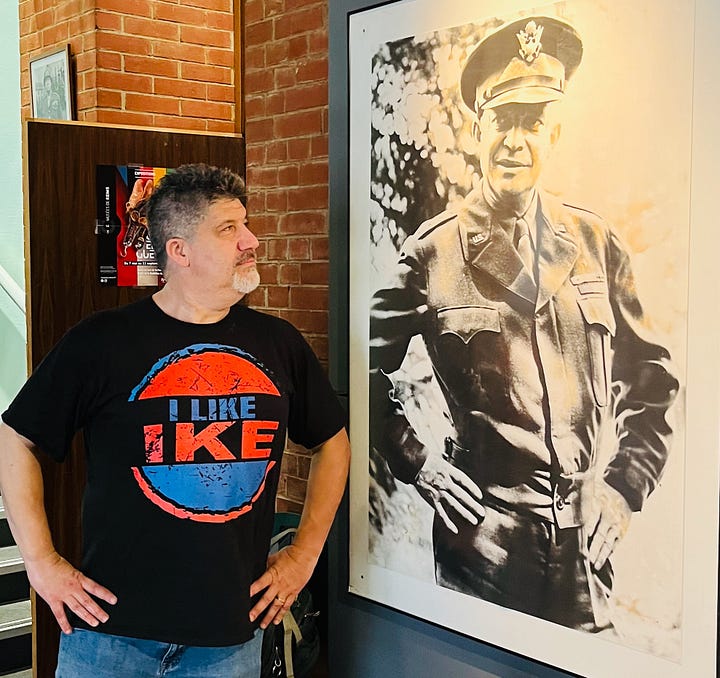

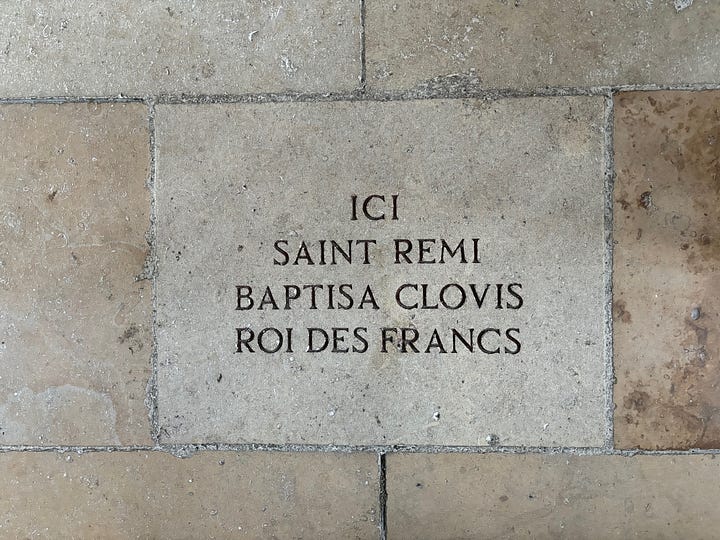

Clovis started a regal trend: 25 kings of France were coronated in Reims Cathedral from the 13th to 19th centuries. The city during that time was liberated from English control in 1429 by Joan of Arc, the patron saint of France.
That’s some heavy-duty history. All of it gives Reims a special place in French, Christian, American and military lore.





